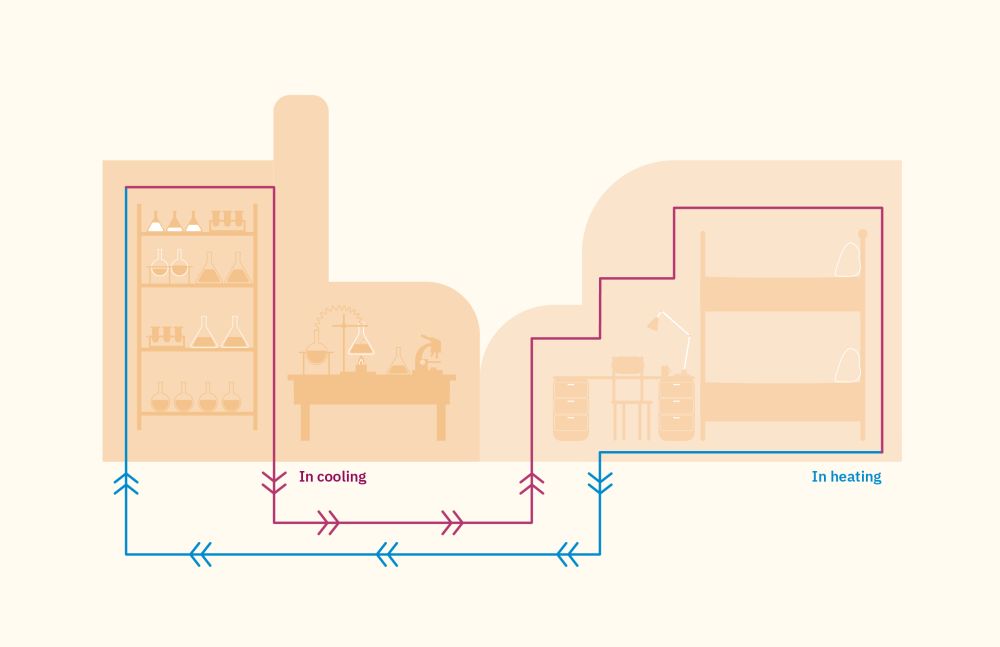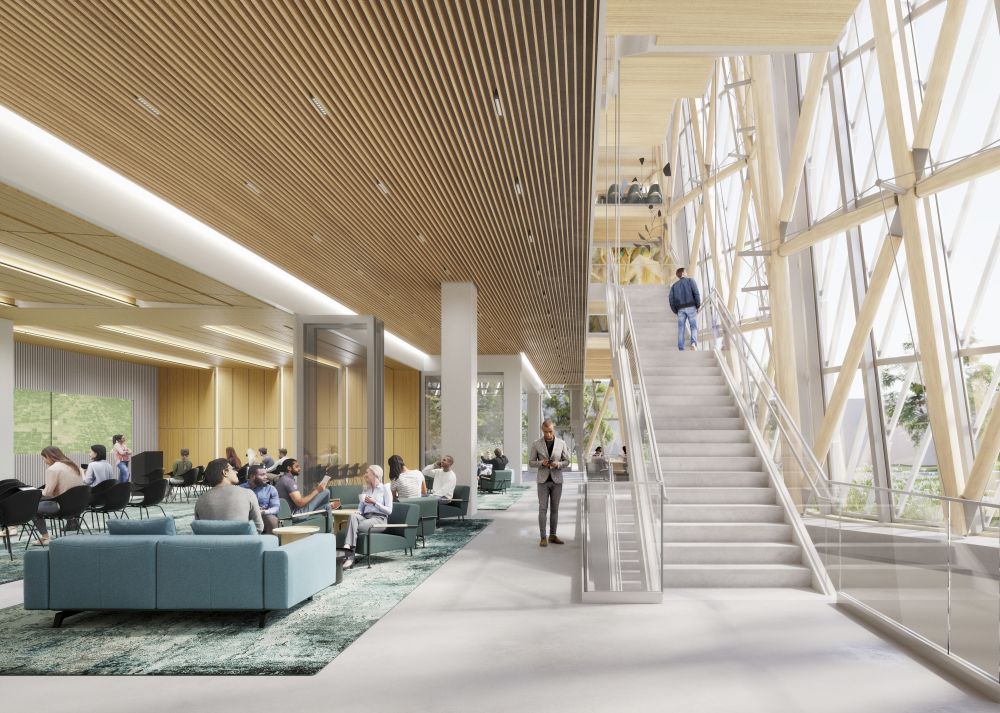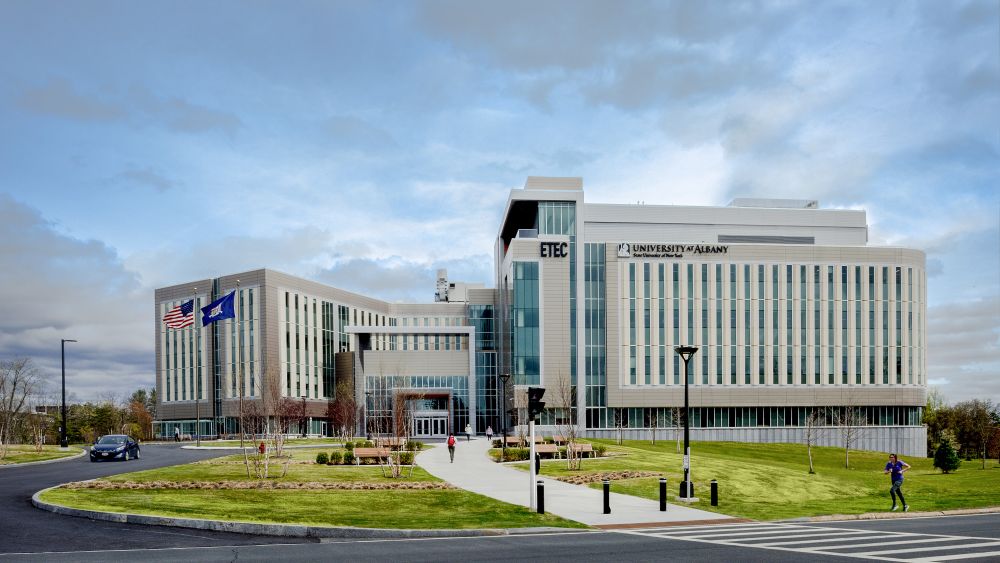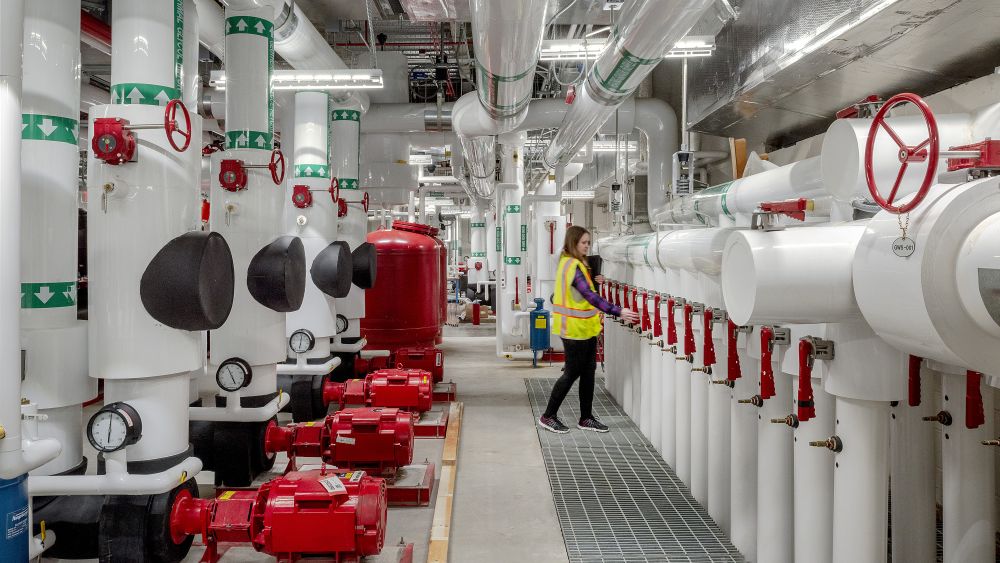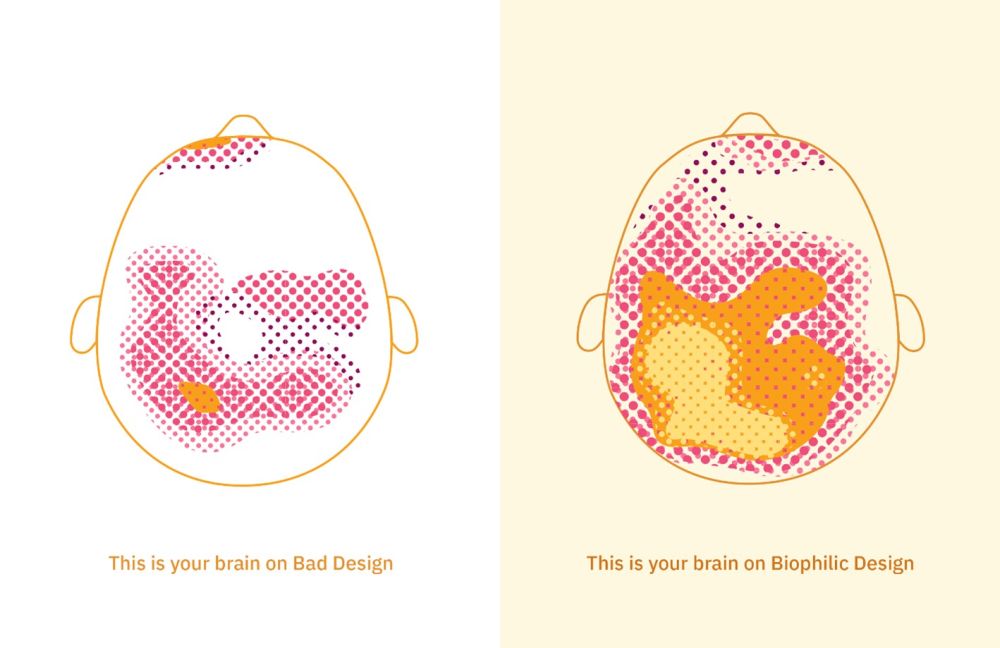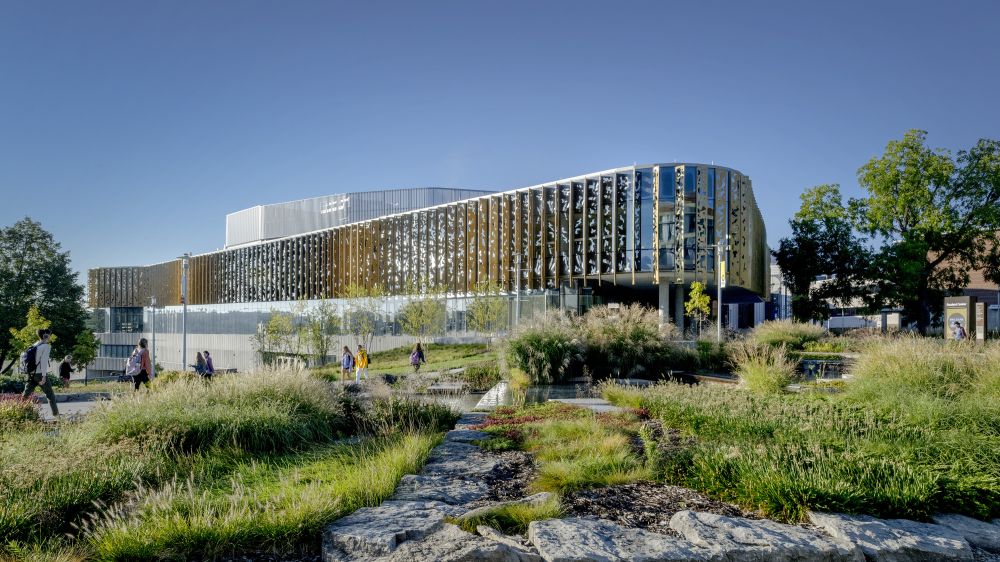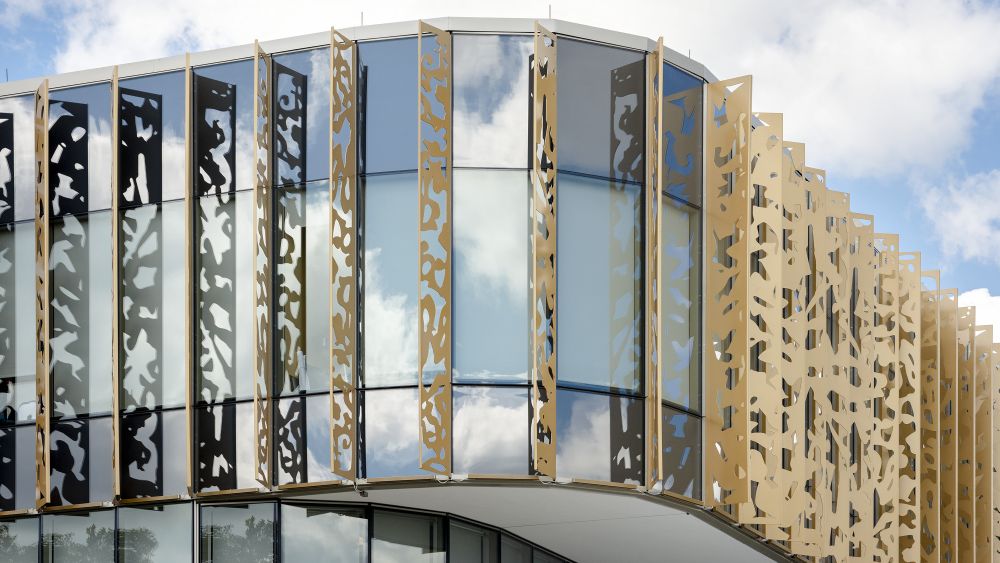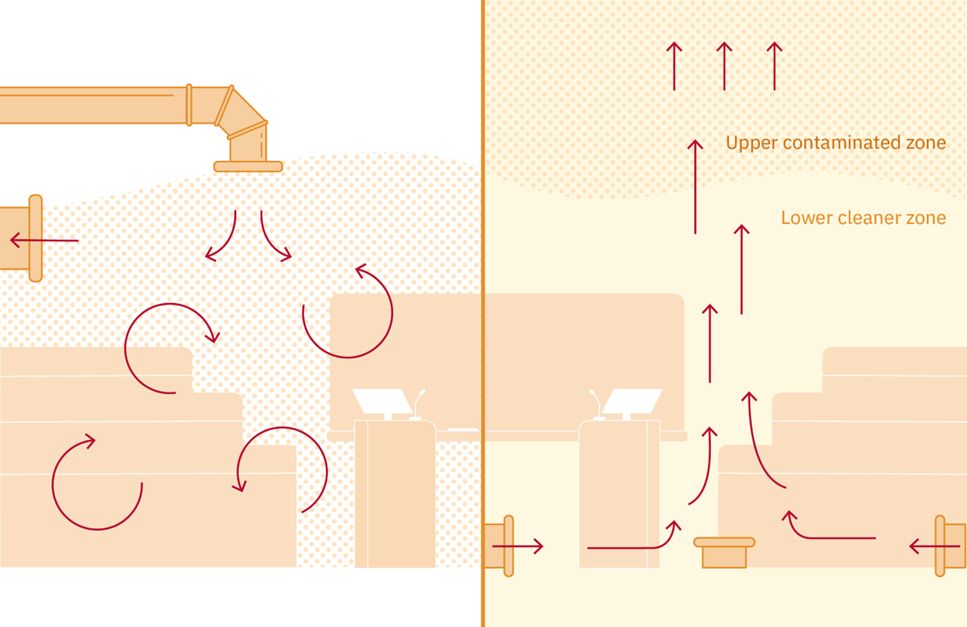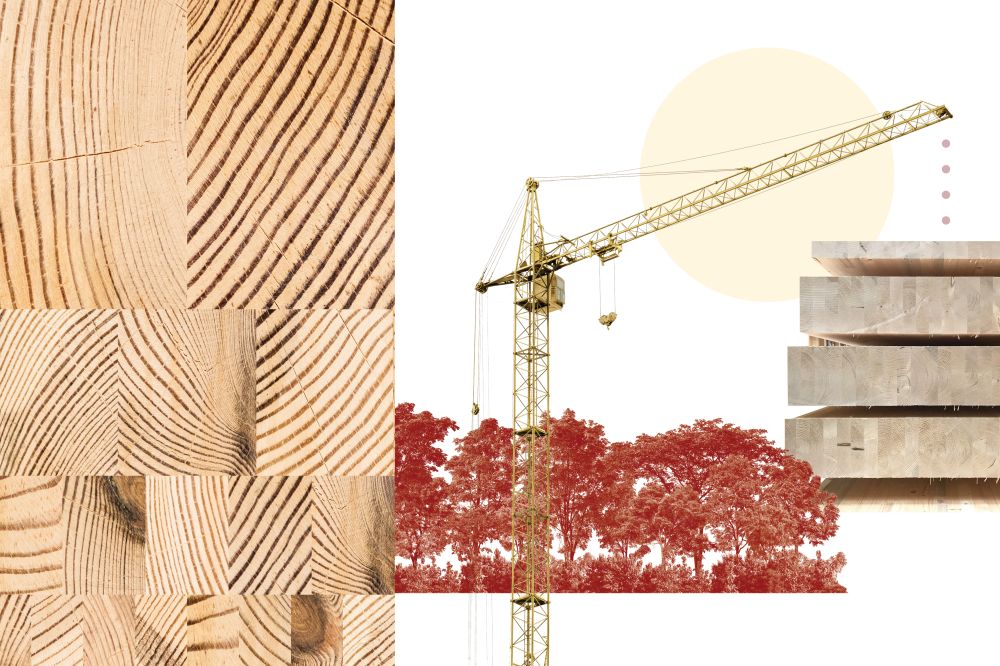Decarbonizing the college campus: A group project for the ages
It’s been hot. No, it’s been really hot. July 3, 2023 was the hottest day ever recorded. It was followed by the hottest summer ever recorded and then the hottest fall ever recorded (and by ever recorded, we mean in 125,000 years!) — and all signs point to worsening extreme weather impacts in the foreseeable future
For far too long, our behaviors have allowed embodied carbon emissions from materials to erode the natural, healthy balance of our environment, and we’re facing a future of more illness, fewer resources and higher death rates in the decades to come.
Grim outlook? Yes. Can we do something about it? Absolutely.
It’s too late to erase all the damage that’s been done, but not all hope is lost. With urgency and focus, we can take steps to restore the carbon balance in our world. If we start now by setting an ambitious goal of “the five zeros” — zero energy, zero carbon, zero harm, zero water and zero waste — we’ll be on track to curb some of the most severe effects of the climate crisis. So, how do college and university campuses factor into this formula?
College and university campuses are a vibrant, interconnected network of buildings with a diverse array of uses and occupants throughout the day. They represent a large portion of the built environment that is contributing to the high level of carbon emissions, which means they offer a greater opportunity than stand-alone buildings to reduce embodied carbon emissions across the globe. From planning to operations, decarbonizing campuses is about finding the synergies that save money, preserve natural resources and help students flourish.
The good news is that most institutions already have bold climate action goals, but many struggle to make progress toward them. Our sustainable design team talks to institutional leaders across the country about how to bridge the gap between their sustainability goals and the path to achieve them. We’ve found that most colleges and universities have the same goals, but their focus varies — and that’s okay. As designers, it’s our responsibility to partner with clients to chart their unique path to carbon neutrality — for our world and the generation we’ll leave it to.
A survey by UNESCO found that 91% of students believe their place of study should actively incorporate and promote sustainable development.
The process of creating a “green” college campus is complex. Campus leaders are continually evaluating the impact of building changes on students, the learning environment, campus culture, and of course, the budget. But building a carbon-neutral campus happens in phases, and those phases comprise planning and design for individual buildings. The question for campus facility leaders isn’t, “How does your campus reach net zero carbon emissions?” But rather, “How can [this] one building be designed to advance you to reaching your sustainability goals?”
Whether an institution is considering retrofitting, renovating or new construction, building materiality must be a driver. Traditional building materials are carbon-intensive, especially concrete, steel, aluminum and glass, which make up around 85% of a building’s embodied carbon. By reducing the carbon intensity of those four materials, in particular, and integrating a palette of other lower-carbon materials, such as sustainably sourced timber, we can drastically reduce a building’s impact on the environment and its users early in the design process.
Start with each “tree,” zoom out to the forest
We know building electrification is an important piece of the decarbonization matrix. Most buildings today operate using multiple levels of fuel, with electricity powering things like lights and major appliances and fossil fuels like natural gas and propane powering heating systems and stoves. The goal of electrification is to shift the powering load entirely to zero-carbon electricity and away from reliance on fossil fuels, which is often charged by solar energy or wind.
ETEC at the University at Albany is a great example. Heated and cooled by 190 geothermal wells and powered in part by nearly 4,800 solar panels, ETEC is an all-electric facility. It is projected to lower annual energy costs by as much as 70 percent compared to similar baseline buildings. The building has achieved LEED Platinum certification. It is one of the university’s largest and most energy-efficient buildings and represents a significant milestone in SUNY's commitment to sustainability.
The Inflation Reduction Act is a game changer
It’s no secret that funding is a big part of the equation. It’s often a determining factor in an institution’s net-zero carbon strategy, directing plans for individual buildings, assessment, phasing, procurement, timeline — pretty much everything. The Inflation Reduction Act was designed to weaken financial barriers and incentivize clean energy projects for nonprofits not previously eligible for tax credits.
For the first time, nonprofit entities (including nonprofit colleges and universities) are eligible to receive direct payment from the IRS to implement carbon-reducing measures like implementing greener heating and cooling systems or installing solar panels to generate the electricity used on campus. This financial incentive doesn’t only cover the carbon-reducing system itself, it also funds expenses related to the project. For example, a building may need additional structural support before solar panels can be installed. This expense could be covered by federal funding.
Here are a couple examples of how this works:
$500,000
direct payment to a university that purchases and installs a $1 million solar system
$5 million
direct payment to a university that installs a $10 million geothermal heat pump system
Flip the (brain) switch
Making greener buildings isn’t just a measure to preserve and restore balance in the environment. It’s one of the ways the built environment of a college campus can quite literally help students live healthier lives. A building’s architecture can activate parts of a student’s biology and physiology as soon as they enter, so designing buildings to support their mental, physical and emotional health supports the case for decarbonizing campus buildings.
Studies show that biophilic design — the concept of placing elements of nature directly within the same spaces as people — can reduce stress, improve cognitive function and creativity and lead to a host of positive health outcomes. The idea is to foster a deeper connection between people and nature by integrating natural materials, patterns and forms into spaces, as well as maximizing natural light, views and connections to the outdoors. This element of sustainable design in a campus building can literally “turn the light on” for students and everyone who spends time there.
Our design team explores and implements strategies that soothe the mind, body and spirit. For example, integrating views of nature in the atrium of an academic building can ignite an immune response in students. Creating an aromatic experience in a student support services building may trigger a mood change that allows students to be more relaxed during a counseling session. From incorporating live plants or an indoor river to funneling daylight from the top floor down to the bottom, providing direct experiences with nature can significantly change a building’s environment and the way students perform within.
Beyond direct experiences with nature, biophilic design can incorporate indirect experiences that have a similar effect. These strategies may include activating auditory senses by piping in the tranquil sound of flowing water, installing images or murals of nature or incorporating natural materials like wood into the interior walls, furniture and decor.
And don’t forget about the air. Rather than typical practice of supplying ventilation air from overhead, with the intent of mixing air to dilute pollutants in the space (which can consist of a large volume of clean air in spaces like a lecture hall), displacement ventilation supplies fresh air from below to the occupied zone of the space, 'displacing' pollutants through buoyancy to the exhaust above. This more effective ventilation strategy means a smaller volume can be provided, saving energy, but it also results in higher air quality, which improves cognition and learning. It’s a win-win-win for energy use, indoor air quality and learning.
When you consider that elements of decarbonizing buildings can help make students happier and healthier, it’s a no-brainer.
The hardest “group project”
The field of education is wholly focused on investing in the future. Comprising countless buildings that serve diverse people and needs, college campuses are a cornerstone of society. But we need to make every effort to ensure they’re building bridges to a future of cleaner (and preserved) natural resources and environments that support human wellness. College and university leaders must collaborate and conspire for change.
Around 1,100 colleges and universities have joined the Race to Zero — the UNFCCC’s global campaign to rally leadership and support for zero carbon recovery — which means we’re on the right track, but we have a long way to go. With higher education institutions overseeing such a large portion of human resources and financial capital, they are uniquely positioned to lead the way in decarbonizing our planet. Through sustainable design, green building construction, alternate energy sources and other carbon-reducing measures, we can get there. But we have to act now — and we have to do it together.

